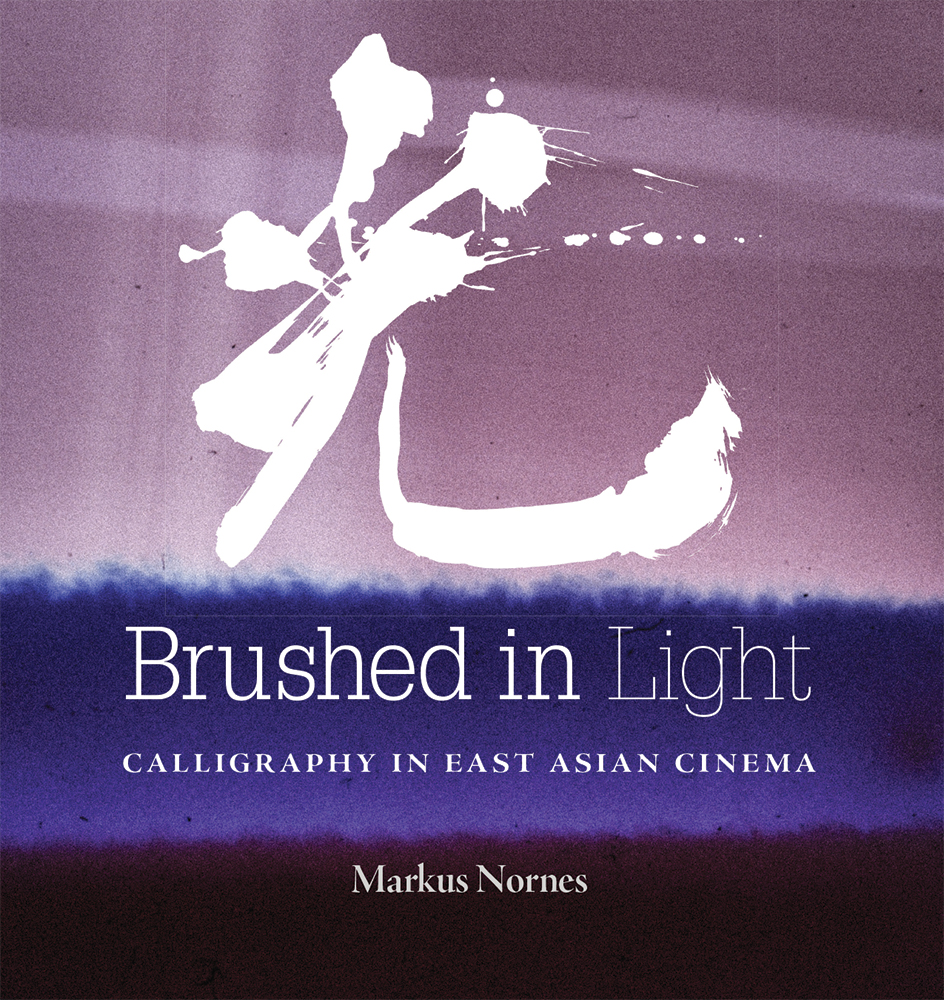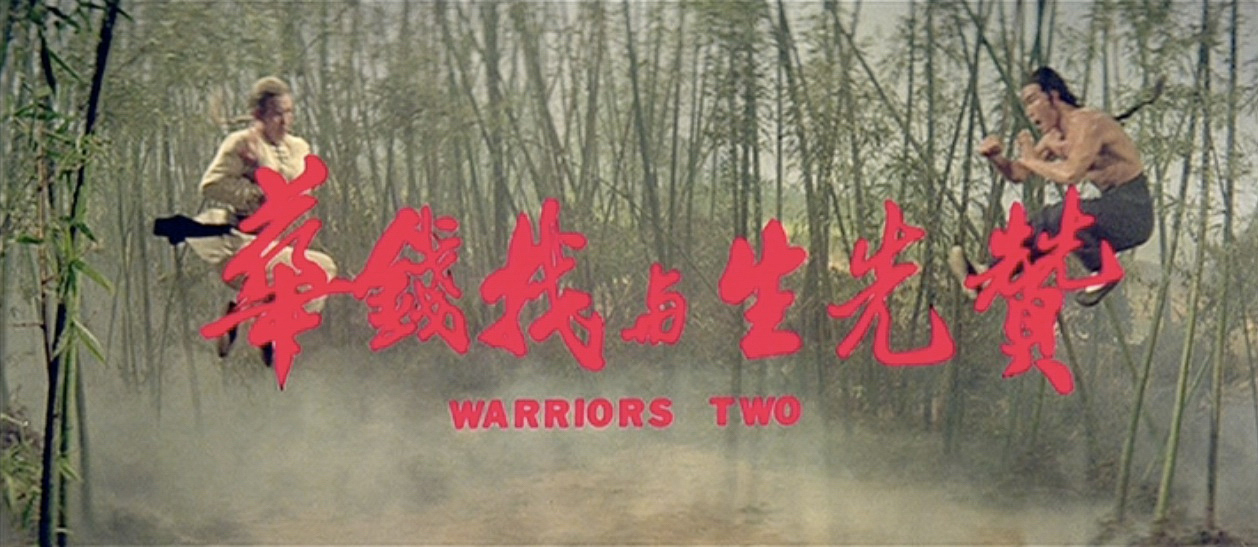Drawing on a millennia of calligraphy theory and history, Brushed in Light examines how the brushed word appears in films and in film cultures of East Asia.
This includes silent era intertitles, subtitles, title frames, letters, graffiti, end titles, and props. I also look at the role of calligraphy in film culture at large, from gifts to correspondence to advertising. The book begins with a historical dimension, tracking how calligraphy is initially used in early cinema and how it is continually rearticulated by transforming conventions and the integration of new technologies. These chapters ask how calligraphy creates new meaning in cinema and demonstrate how calligraphy, cinematography, and acting work together in a single film. The last part of the book moves to other regions of theory. I explore the cinematization of the handwritten word and how calligraphers understand their own work.
Brushed in Light: Calligraphy in East Asian Cinema (Ann Arbor: University of Michigan Press, 2021).
Read the BookCover

Praise for Brushed in Light
Thomas Lamarre
In a study both erudite and contemplative, Nornes tracks the journey of the calligraphic arts across histories and regions into the world of cinema, where he uses them dexterously to disaggregate the monolithic object of film studies, finding other forms of screen life, other modes of cinematic existence, arising where cinematography encounters the figural force of calligraphy in an intermedial tremor of energy, and compels it to ask, "Who is the third who walks always beside you?" It is a gesture well worth at least a thousand words.
Chris Berry
When you see East Asian calligraphy in a film, you probably just want to know what it means. Brushed in Light asks us to look again. Calligraphy in Chinese, Japanese, and Korean cinema generates emotions and energies before you even know what it means. After you read this luxuriously illustrated revelation of a book, you will become conscious of calligraphy’s integral role in the design and storytelling of every East Asian film you watch. You will never let it slip by unnoticed again.
Mark Cousins
Markus Nornes is a passionate pathfinder into the forest of affinities between cinema and calligraphy. He takes us deeper and deeper into that forest, analyzing beautiful brushed writing from Chinese, Japanese, and Korean cinema. The result is a revealing tour of the meaning—but also the physicality, almost the sensuality—of calligraphy. He quotes brilliantly from other scholars, and connects us back to the Western idea of the caméra-stylo, but mostly he is on exciting new ground. Myriad frame grabs enrich his tour, and—in sentences like "calligraphy sits in a place as undecidable as cinema"—we are close to poetry. A visual and intellectual delight.
Backstory
This book sat on a back burner for over 30 years. Back in grad school at USC, I was eagerly watching every East Asian film I could get my hands on—at Chinatown and Little Tokyo theaters, Koreatown and Monterey Park supermarket videos, 16mm prints borrowed from the South Korean and Taiwanese consulates, art house retrospectives, the few VHS tapes on home video. I've always been fascinated by the relationship of text and screen and couldn't help noticing the wonderful ubiquity of calligraphy in the films. It was marvelous, lovely, and always creative (even when crude).
For me, it was one thing that set East Asian film apart—or held it together.
At the time, I thought this could make an interesting dissertation. I sheepishly spoke to a couple prominent Asian art historians. They almost laughed at me—"There's no calligraphy in film!" (You can read the book to find out their reasoning.) Long story short, they scared me off the topic and I set it aside but never forgot about it.
Then in 2008-9, the Reischauer Institute graciously hosted me for a year. It was wonderful being around Stanley Cavell and David Rodowick—and revisiting their work—and suddenly something clicked. I figured out what I wanted to say about the cinematographic calligraph and moved the project to the front burner.
I immersed myself in the subject. I visited the props departments of most of the major film studios. Talked to celebrated calligraphers. I quickly found that directors had nothing interesting to say, but propsmen and art directors and poster designers were brilliant and an absolute delight to talk to. It was so fun to research I hated to finish the writing.
I wanted a book as beautiful as the subject matter, and the University of Michigan Press delivered for sure. I love the squarish design and the 150+ color images. It open access, but I hope you can at least ask your library to order it.
This was the first book I've ever written off a corpus. I was lucky to have undergraduate research assistants help me make framegrabs from the 30,000+ DVDs in our Donald Hall Collection. Students started at A and Z respectively and met in the middle. When they were done, we had over 2,800 images of calligraphy from Japan, Taiwan, Hong Kong, PRC and South Korea. And all of them are online, and thoroughly linked to the online version of the book (click the "Resources" button to go straight into the image database). In some regards, I think it stretches the limits of the open access book.


